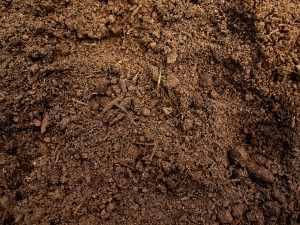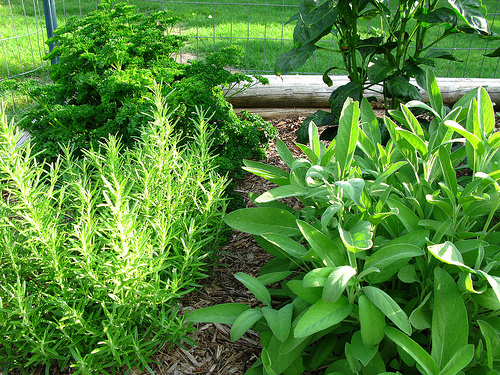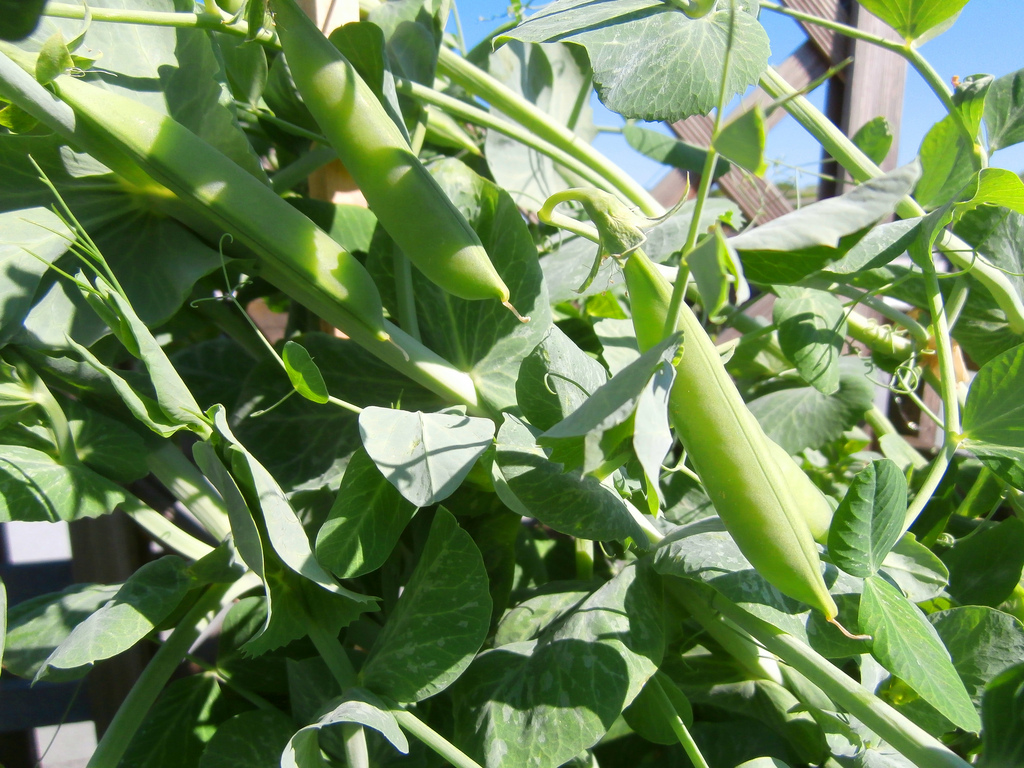 It’s easy to take your soil for granted, especially if you’re new to gardening. However, experienced gardeners know that you need to have excellent soil in order for your crops to grow properly. If it’s too acidic, too sandy or too full of clay, you’ll run into problems.
It’s easy to take your soil for granted, especially if you’re new to gardening. However, experienced gardeners know that you need to have excellent soil in order for your crops to grow properly. If it’s too acidic, too sandy or too full of clay, you’ll run into problems.
Soil test kits are available in many big box stores, home improvement stores and garden centers. They are fairly easy to use, and usually come with tubes to test for different conditions, including the potassium, nitrogen and phosphorus content of the soil. Once you’ve determined how acidic or problematic your soil is, you can then set about fixing it.
There are other ways of testing your soil as well. You can have a professional soil tester come out and check it for you. Plus, there’s the “touch test.” This involves grabbing a handful of soil and determining if it is too sandy, too full of clay, or just the right texture for your plants. If your soil crumbles the second you squeeze it, then it’s too sandy. If it forms a solid lump, then it’s full of clay. However, if it remains somewhere in the middle, then it’s the perfect texture for planting. Once you’ve tested your soil and determined where its problems lie, then it’s time to fix them.
PROBLEM: Clay-filled soil – it’s hard to dig into, doesn’t drain well and some plants, especially those that need good-drainage, won’t grow in it.
SOLUTION: You have several solutions here. If your garden plot is small enough, mix in gypsum and composted soil. This will give your smaller, surface-dwelling plants enough to grow in. If you’re planting trees and bushes with deeper root systems, make sure that the hole that you dig is wider, rather than deeper. This will encourage the roots to stay near the surface. You can also plant vegetables, shrubs and trees that thrive in clay-filled soil.
PROBLEM: Sandy soil, which drains very fast and can be a detriment to certain plants.
SOLUTION: The best cures for sandy soil involve mixing in compost and/or coir (broken up bits of compressed coconut husks) to thicken it. This will help your soil absorb water better. The traditional solution used to be peat moss, but that has a number of problem, including the fact that it can make your soil more acidic.
PROBLEM: Unbalanced soil. Some plants like soil that’s fairly acidic, but most of them prefer the middle ranges of neutral and alkaline soil. Blueberries and cranberries can thrive in acidic soil that ranges between 4.5 and 5.0 on the pH scale. For everything else, you will need to decrease the acidity.
SOLUTION: In order to make your soil more alkaline, you can mix in broken up oyster shells, agricultural lime, or wood ashes. Of course, if your soil is on the opposite end of the spectrum and you want to increase its acidity, you can mix in acidic organic matter. Options include pine needles, peat moss and pine shavings or sawdust. These will make your soil more acidic.
Pic by ElvisRipley




No comments yet.